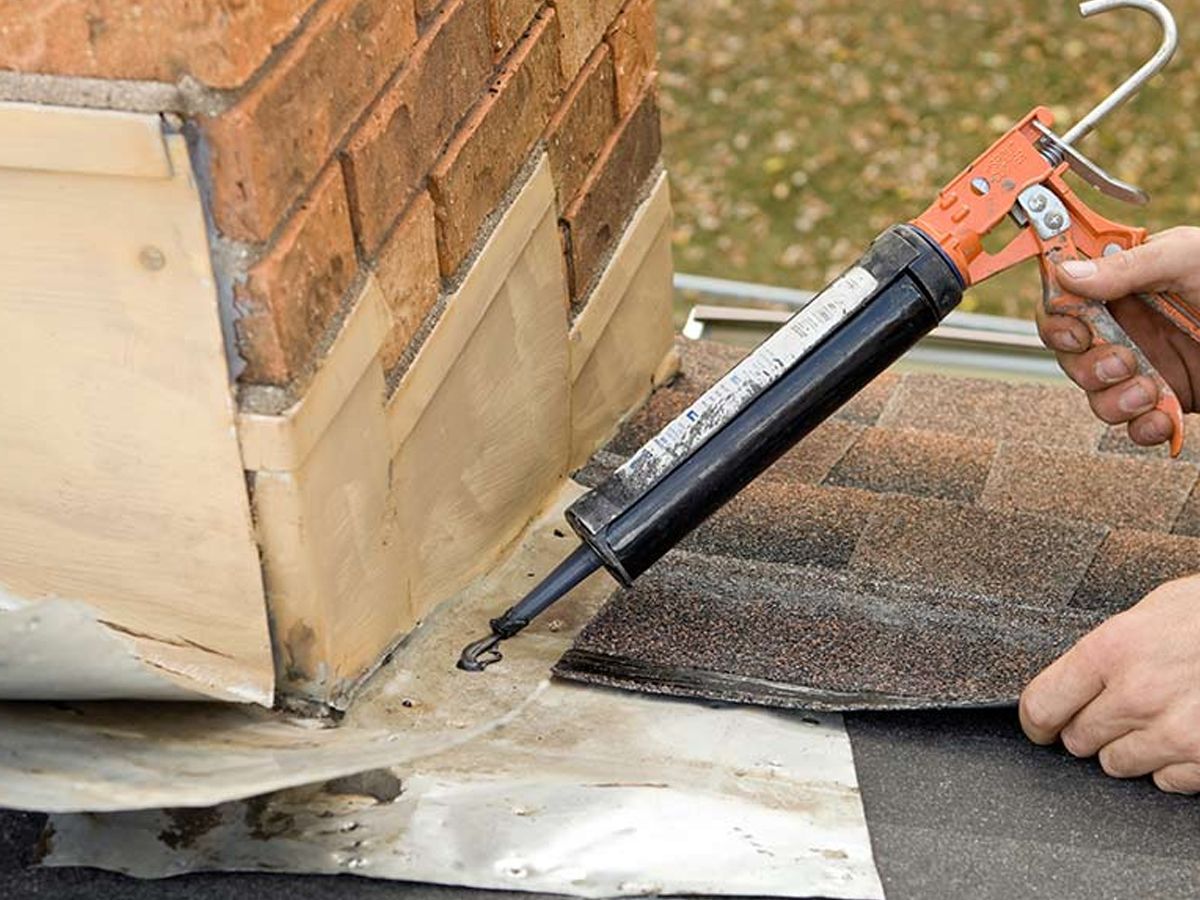About The Author
ANCHOR POINT ROOFING
A damaged roof can lead to costly repairs and potential interior damage to your home. When faced with a leaking or damaged roof, one effective temporary solution is to tarp the roof.
In this guide, we will explore:
- The reasons to tarp your roof
- The proper tarping process
- What to do after tarping
- The durability of tarps
- The costs associated with roof repairs
Keep reading to learn how to tarp a roof, and protect your property!
REASONS TO TARP YOUR ROOF

Tarping your roof can be an effective short term solution, in the following scenarios:
- Immediate Protection: Tarping your roof provides an immediate barrier against the elements. It helps prevent rainwater from entering your home and causing further damage.
- Preventing Interior Damage: Leaks in your roof can lead to water damage inside your home. Tarps act as a protective shield, keeping your interiors dry until permanent repairs can be made.
- Safety: Tarping a damaged roof can make your home safer by reducing the risk of slips and falls on wet surfaces.
- Preserving Belongings: A tarp can help protect your belongings in the attic or upper floors from water damage.
HOW TO PROPERLY TARP A ROOF IN 7 STEPS
Tarping a roof requires careful planning and execution. Here are the steps to ensure proper tarping:
1) SAFETY FIRST:
Always prioritize safety. Use appropriate safety gear, including a harness if you need to access steep roofs.
2) GATHER MATERIALS:
You will need a tarp (heavy-duty, waterproof), nails, a hammer, a ladder, a utility knife, and a staple gun.
3) ASSESS THE DAMAGE:
Identify the damaged area and determine the extent of the damage. This will help you select the right size tarp.
4) SECURE THE TARP:
Place the tarp over the damaged area, ensuring it extends beyond the damaged section. Use nails or staples to secure the tarp to the roof, making sure it’s tight and secure.
5) OVERLAP SEAMS:
If multiple tarps are needed, overlap the seams by at least six inches to ensure water doesn’t seep through the gaps.
6) TRIM EXCESS:
Use a utility knife to trim any excess tarp that hangs over the edges of the roof.
7) INSPECT AND RE-SECURE:
Regularly check the tarp for any signs of loosening or damage. Re-secure as needed to maintain its effectiveness.
STEPS TO TAKE AFTER TARPING YOUR ROOF:
Tarping your roof is a temporary solution. Afterward, it’s essential to take further steps to address the underlying issue:
- Contact a Professional: Schedule a roof inspection by a qualified roofing contractor to assess the damage and determine the necessary repairs.
- Get Repair Estimates: Obtain repair estimates from multiple contractors to compare costs and choose the best option.
- Temporary Repairs: If you’re comfortable with DIY repairs, you can make temporary fixes, but consult with a professional for guidance.
- Insurance Claims: If the damage is due to a covered event, contact your insurance provider to initiate a claim.
- Permanent Repairs: Once you have the necessary permits and materials, schedule permanent roof repairs or replacement with a licensed contractor.
HOW LONG WILL A TARP PROTECT YOUR ROOF?
The effectiveness of a tarp depends on several factors:
- Weather Conditions: Harsh weather conditions, such as heavy rain, strong winds, or snow, can reduce the lifespan of a tarp.
- Quality of Tarp: A high-quality, heavy-duty tarp will provide better protection and last longer.
- Installation: Proper installation with secure fastening ensures the tarp stays in place longer.
- Maintenance: Regularly inspect and maintain the tarp to address any wear and tear promptly.
Generally, a well-installed tarp can provide temporary protection for several weeks to months. However, it’s crucial to address permanent repairs as soon as possible to avoid further damage.
THE COST OF ROOF REPAIRS
Roof repair costs vary depending on several factors:
- Extent of Damage: The more extensive the damage, the higher the repair costs.
- Type of Roof: The type of roofing material used can impact repair costs. Asphalt shingles are more affordable to repair than metal or tile roofs.
- Labor Costs: Labor costs vary by location and contractor. Get multiple quotes to find competitive pricing.
- Additional Work: If structural repairs or insulation replacement is needed, it will increase the overall cost.
- Insurance Coverage: If the damage is covered by your insurance policy, your out-of-pocket expenses may be reduced.
MAKE YOUR TEMPORARY FIX A PERMANENT FIX!

Tarping your roof is a valuable temporary solution to prevent further damage and protect your home. However, it’s crucial to follow the proper tarping process, address permanent repairs promptly, and consider the factors that affect tarp longevity and roof repair costs.
Looking for a roofing professional, who can ensure your roof’s safety? You need Anchor Point! Contact us today to schedule your repair service!





